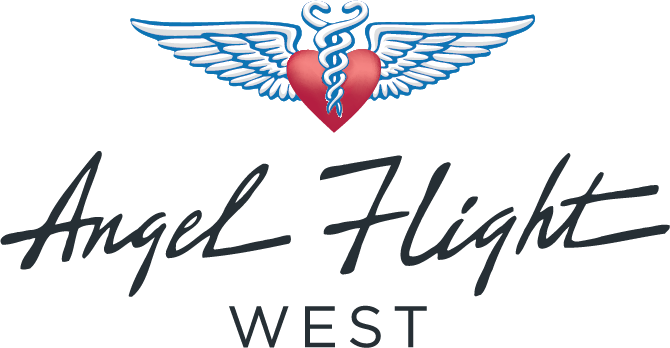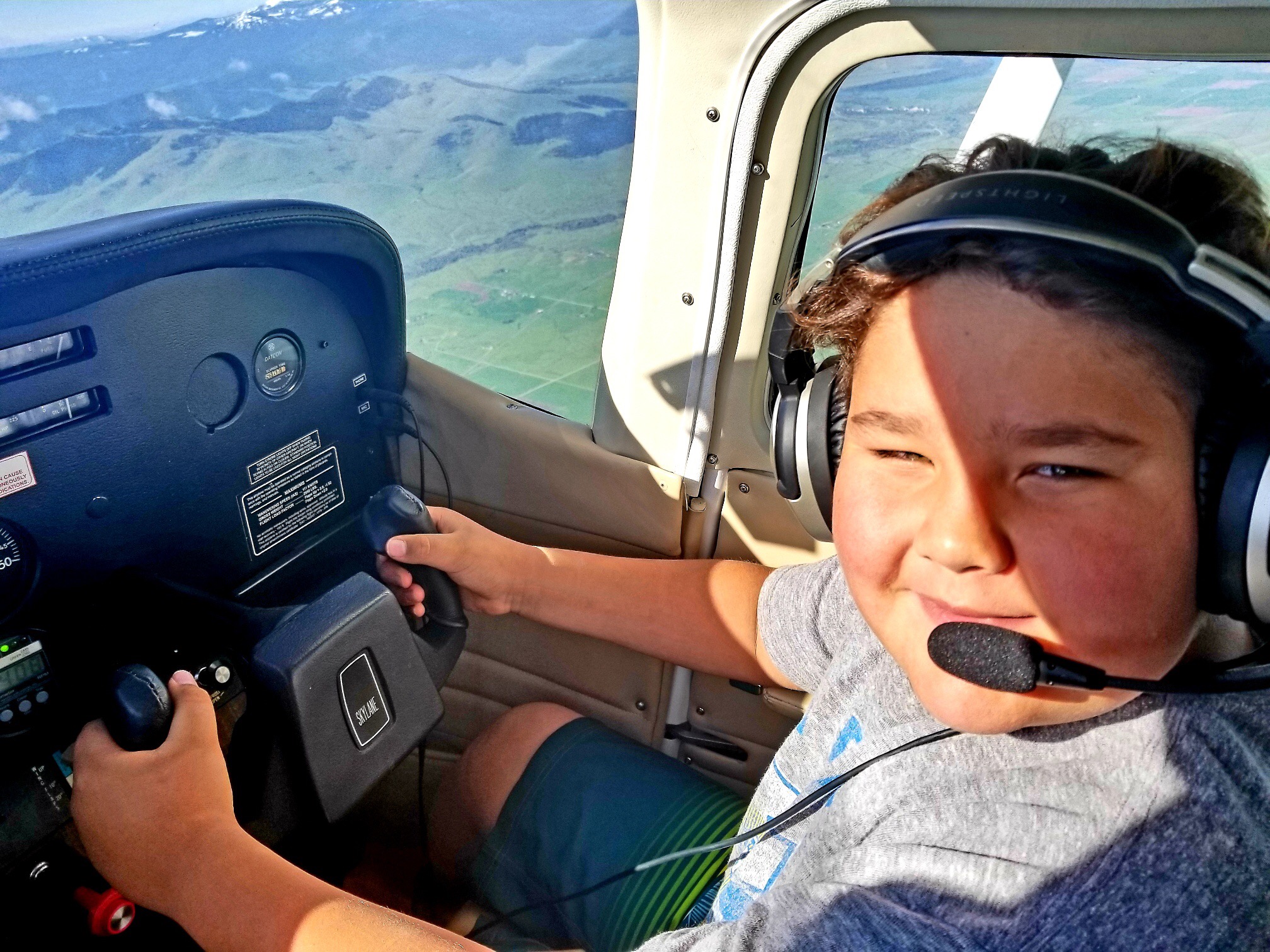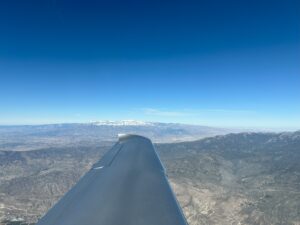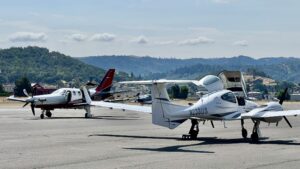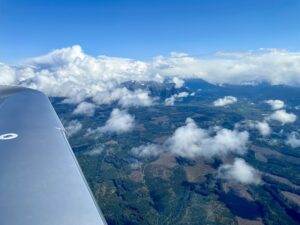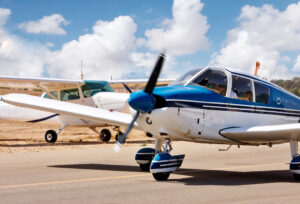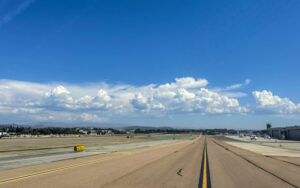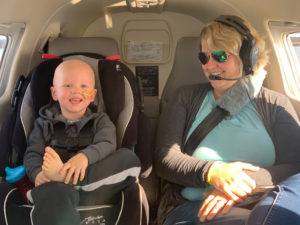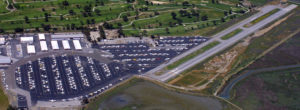In the course of my activities as a Flight Instructor and Mission Orientation Pilot, I take some time to review various pilot reporting requirements. One of the many things I’ve learned is that some pilots are somewhat reluctant to declare an emergency when the circumstances dictate, at least partially because of concern for “all the paperwork” involved. I have yet to talk to any pilot who has declared an emergency under 14CFR Part 91 and had to fill out a report. So, let’s take a look at just what the requirements are.
Part 91.3 specifies Responsibility and Authority of the Pilot In Command. It starts by saying that you, as the PIC, are directly responsible, and are the final authority regarding operating your aircraft. Not your passenger, not Angel Flight, not your mechanic, nobody but you. You’re probably very familiar with this concept. The next paragraph goes on to say that if you run into an emergency situation, you may deviate from any regulation in Part 91 in order to ensure that you get yourself and your airplane back on the ground in one piece. You probably remember that part too. But the part that some pilots might not recall precisely is the final part, which says that if you deviate from a rule, you shall, “upon the request of the Administrator, send a written report of that deviation, to the Administrator.” As I said, I’ve never heard of a pilot being requested to file a report for a deviation under Part 91.
You may also be aware of some other notification requirements that we have as pilots. These are covered under 49CFR Part 830, better known as NTSB 830. In particular, section 830.5 states, in part, The operator of any civil aircraft (That’s you, not AFW, your spouse, or anybody else) shall immediately … notify the NTSB … when (a) An aircraft accident or any of the following incidents occurs: 1) Flight control malfunction, 2) A flight crewmember can’t complete his duties, 3) Failure of certain parts of turbine engines (note: this part says nothing about failure or partial failure of a reciprocating engine), 4) In flight fire, 5) Midair collision, 6) Damage to property over $25,000, and 7) several other events in a large multiengine airplane. Note that this section only requires immediate notification… not a report. They just need to know right away that something happened.
NTSB reporting requirements are spelled out in Part 830.15, and they’re also pretty simple. The operator shall file a report within 10 days of an accident. An accident is defined as “an occurrence… in which any person suffers death or serious injury, or in which the aircraft receives substantial damage.” Any of the other events listed in 830.5 are reported “only if requested by an NTSB representative”.
So, don’t let a concern for the possibility of having to do some paperwork stop you from using all available tools when things start going wrong. One of the most important and valuable tools you have is the “E word”. And, in most cases, reports to either the FAA or the NTSB will not be required, but may sometimes be requested. In my experience, this seldom occurs.
